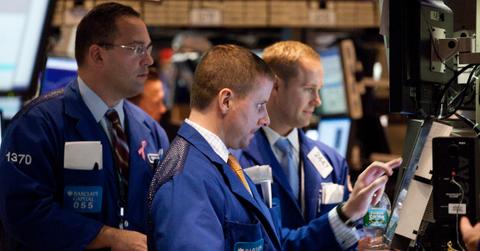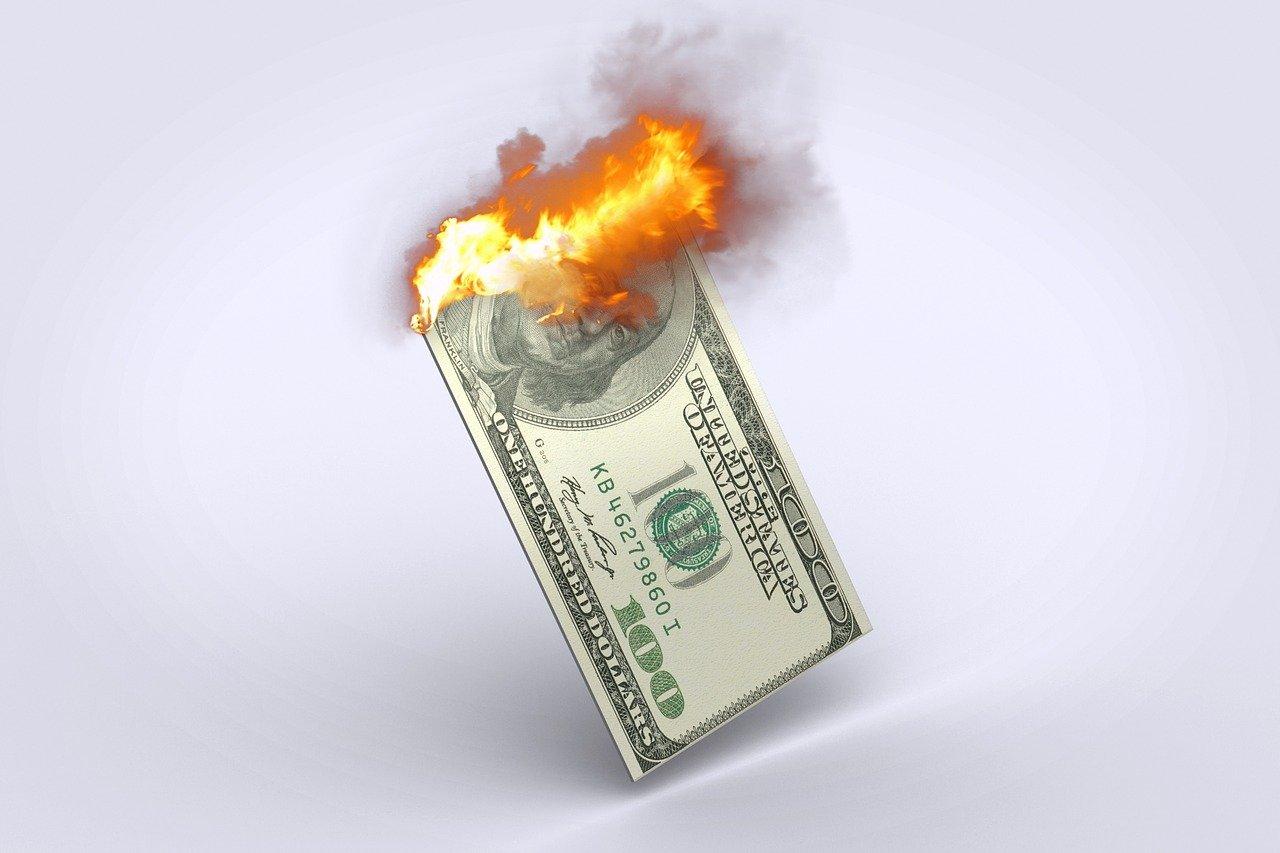What to Do in a Stock Market Correction and What Not to Do
Stock market corrections are common and can be healthy at times. What should you do if the stock markets correct? Here's what to do and not do.
Dec. 30 2021, Published 11:48 a.m. ET
The U.S. stock markets have gained over 25 percent in 2021, which would mark the third consecutive year of double-digit returns. However, there are always impending fears that the markets might fall. What should you do if there's a stock market correction?
After three years of strong returns, analysts aren't very bullish on the market outlook for 2022. The base case scenario calls for a low single-digit upside for 2022 and even the best case forecast of 5,330 would mean an upside of just about 11 percent from these levels.
What is a stock market correction?
First, let’s understand the difference between a stock market correction, a bear market, and a market crash. A market correction is defined as a fall above 10 percent. If the market falls over 20 percent, it's known as a bear market.
While there have been plenty of market corrections, bear markets aren't as common. The most recent bear market was in the first quarter of 2020, which ended the record 11-year bull market.
There isn't a set quantitative definition of a market crash and more than the quantum of fall, it has more to do with the swiftness.
Stock markets corrections can be good.
Usually, stock market corrections are a good event. At times, the markets start to get frothy and these healthy corrections help build sanity in markets. If these timely crashes don’t happen, the bubble continues to swell and might lead to an even bigger crash in the future.
Don’t panic when the stock markets correct.
The first rule that an investor needs to follow is to not panic when the stock market corrects. You should appreciate that these ups and downs are part of stock markets. If you're a long-term investor, a correction is a good opportunity to rebalance your portfolio.
One exception is if you're reaching an investment goal like retirement. But then, if you have done financial planning, ideally only a small fraction of your portfolio should have been in stocks near retirement.
While there can be excess in the markets on the upside, there can be excess on the downside too. If a stock that you already own has fallen below what you believe is its intrinsic value, it might be prudent to do dollar-cost averaging. Some of the stocks outside your current portfolio might also be available at an attractive valuation.
There were two stock market corrections in 2018.
There were two stock market crashes in 2018. The most recent one was the correction in the fourth quarter of 2018, which was the fastest correction on record. It came amid the escalating trade war and the Fed’s rate hikes. Apple fell over 30 percent in the quarter and its market cap fell below $1 trillion. The stock has more than tripled from those levels.
Don’t try to time the market because no one has done that consistently.
In a market correction, it's futile to wait for the bottom. Instead, you should accumulate good stocks with every fall. Also, penny stocks might crash even badly in a market correction. It might be tempting to buy small companies that are available at a massive discount to their recent highs.

However, it's a risky strategy. While quality blue-chip stocks have a higher probability of reaching their previous highs, the same can't be said about penny stocks.
Finally, a stock market correction is more about temperament than analytic acumen. If you look at your portfolio and get worried about the notional losses every hour, you will likely end up making unsound financial decisions. Staying calm and accumulating quality stocks is the best thing than you can do in a stock market correction.



